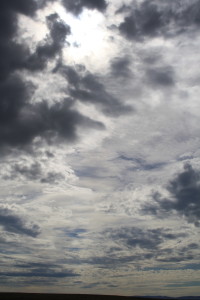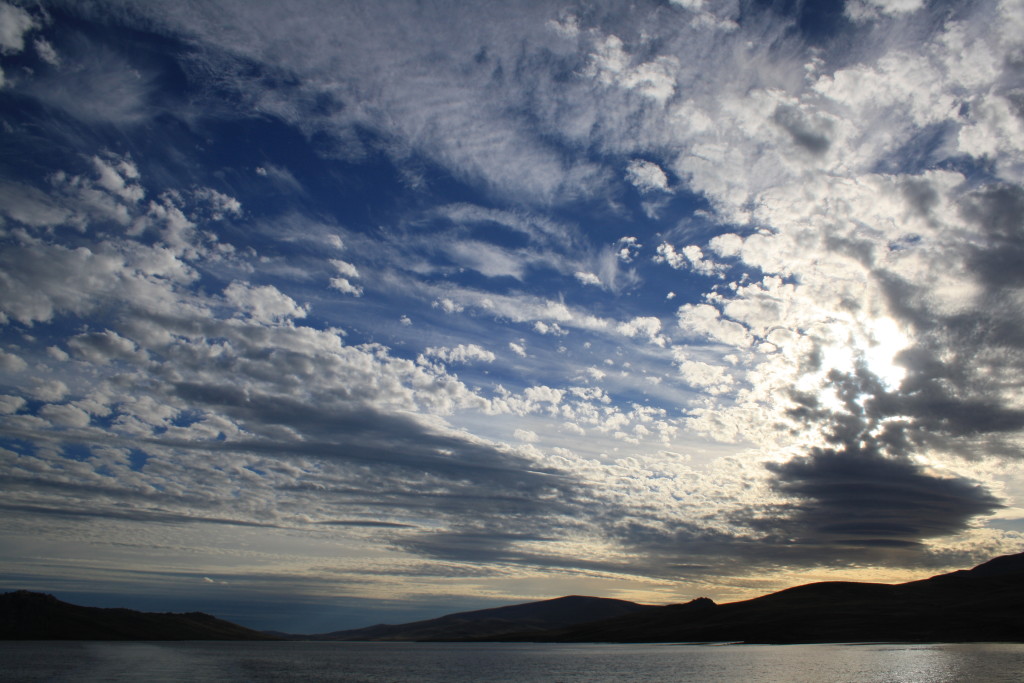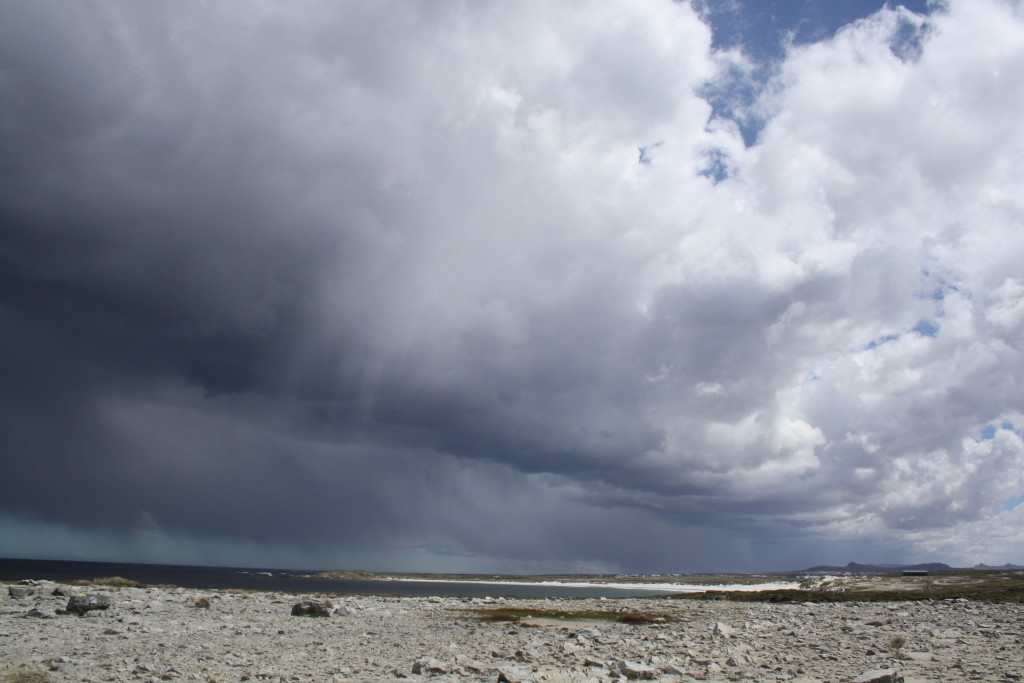When Alexandra Harris describes, in Weatherland, the slow introduction of real skies in English paintings, leading up to the cloud obsession of Constable in 1821-22, I cannot help but think of the Falkland Islands. My first trip I spent looking at the landscape, at large scales and small. This time, I was captivated by skies. As any visitor to the prairies knows, a lack of trees makes for big skies. But nothing is quite like the skies of the Falklands. No filters needed, or photographic skill. (It was hard to choose road trip music to suit such majesty, but I settled on London Grammar’s 2013 If You Wait.) The experience begged the question of where ‘landscape’ – my chosen research topic – ends: these skies are likely as fundamental to local identity as terrestrial (or marine) properties. A small sample of my pictures follows, in which land plays a very minor role indeed.
Tag: Aesthetics
I have a new Legacy scholarship opportunity open for very high-GPA domestic students aiming for MES entry in September 2017. Please get in touch if you think you might be a good fit, or to discuss other opportunities that close this fall such as Nova Scotia Graduate Scholarships (also open to international students) and SSHRC (domestic only).
Landscape impacts are oft-cited barriers to changes that are otherwise agreed to be necessary, such as those implied by a transition to renewable energy sources. Many examples exist, however, of deep attachment to man-made and otherwise purely functional landscape features such as lighthouses, factories, hydroelectric dam headponds, that in some cases extend far beyond their utility. The landscape of the Tantramar Marshes, the low-lying area that links New Brunswick and Nova Scotia, presents a unique opportunity to explore how people attach meaning and form attachments to large, utilitarian infrastructure. A natural experiment is occurring in the region, by the overlap of the 2014 dismantling of the Radio Canada International (RCI) shortwave transmission towers (constructed in 1944) and the construction of 15 2.1 MW wind turbines in Amherst in 2012 by the Sprott Power Corp. Prospective students might use interviews, archival data, social media and/or spatial analysis to:
- Understand the process by which attachment is formed to man-made, functional landscape infrastructure, over time;
- Understand what drives the acceptance of and attachment to functional landscape features by locals; or,
- Build insights about how to facilitate functional landscape change without sacrificing sense of place.
I was in the middle of Far From the Madding Crowd (1874), by Thomas Hardy, when I received word from the Halifax Central Library that the hold I placed on James Rebanks’ The Shepherd’s Life (2015) was ready for pickup. This was a nice bit of symmetry, as the hero of Hardy’s novel is Gabriel Oak, stout-hearted and reliable shepherd of Hardy’s ‘Wessex’ (south-west England). Rebanks (@herdyshepherd1) is a modern shepherd who runs a family ‘fell farm’ of Herdwick sheep in the Lake District, as well as an Oxford graduate who advises UNESCO on ensuring tourism benefits local communities in cultural landscapes. The ‘fell’ is an area of marginal commons pasture shared by local farmers for extensive grazing.

James Rebanks worked up to this book on shepherding in the UK Lake District from Twitter, and a column in Cumbria Life magazine.
It was fascinating reading these books in parallel, seeing the same farming practices described, despite differences in vocabulary. They were also both deeply landscape-driven and embedded in place. Rebanks is eloquent and pithy, and mounts a passionate defense for this way of life, in part rejecting calls by folks like George Monbiot to destock grazed landscapes to rewild and revegetate them. Many analogies suggest the sense that the land is itself part of the family in shepherd life. About his grandfather’s connection to the land, Rebanks shared (p. 72):
My grandfather had an eye for things that were ‘beautiful’ like a sunset, but he would explain it in mostly functional terms, not abstract aesthetic ones. He seemed to love the landscape around him like a passion, but his relationship with it was more like a long tough marriage than a fleeting holiday love affair. His work bound him to the land, regardless of weather or the seasons. When he observed something like a spring sunset, it carried hte full meaning of someone who had earned the right to comment, having suffered six months of wind, snow and rain to get to that point. He clearly thought such things beautiful, but that beauty was full of real functional implications – namely the end of winter or better weather to come.
Above the love of the land, perhaps, is his love of the sheep themselves. The book also presents a new vocabulary for scholars of place: hefted, from Old Norse for ‘tradition’. Hefted sheep have “become accustomed and attached to an area of upland pasture”. It seems clear from this book that humans can be hefted, too.







